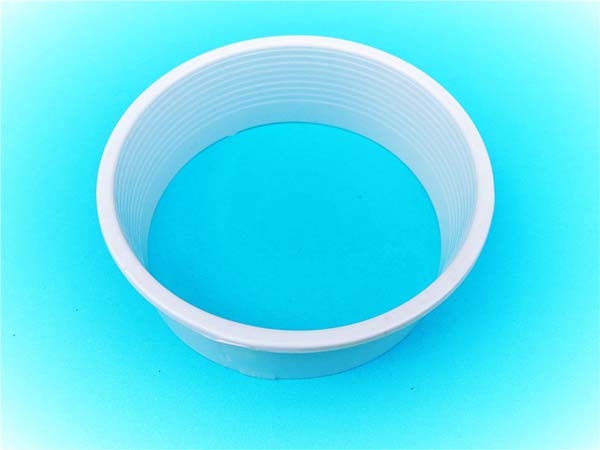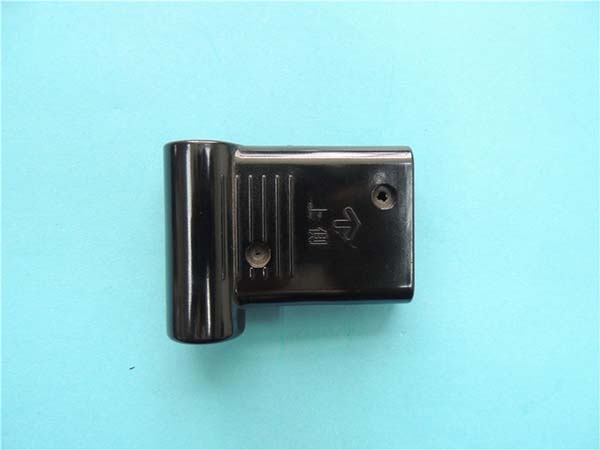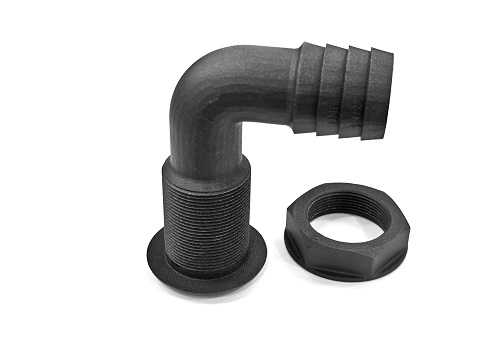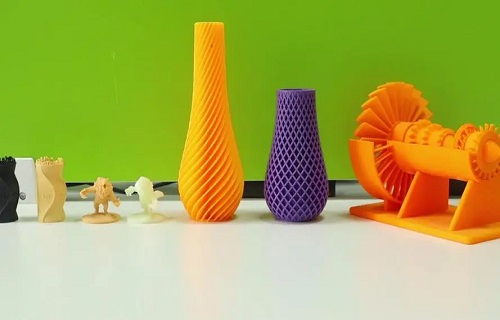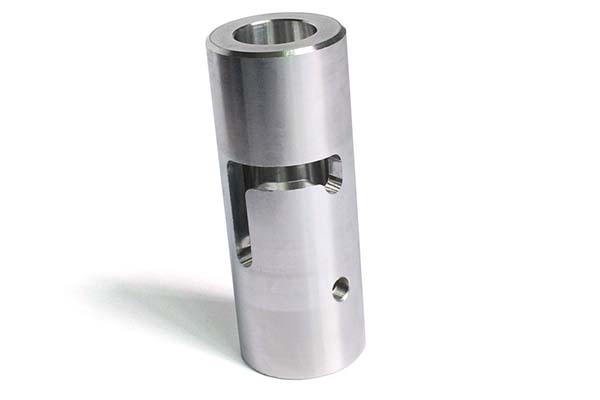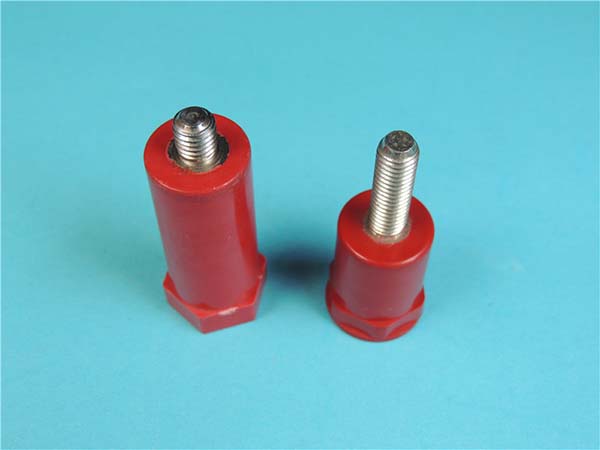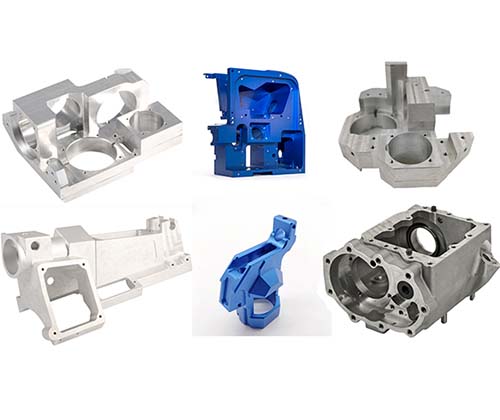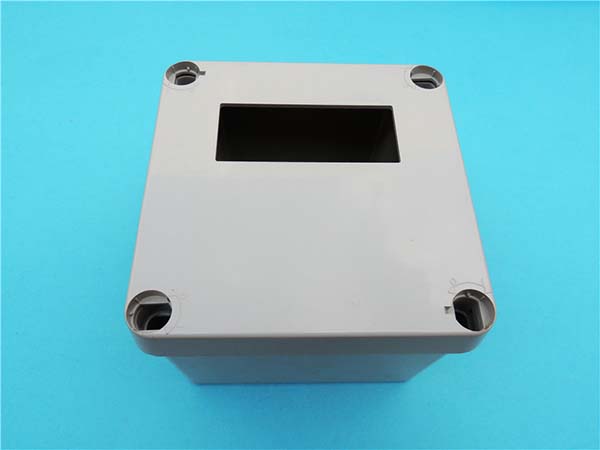Introduction
In recent years, 3D printed robot projects have emerged as a revolutionary field at the intersection of 3D printing technology and robotics. This innovative combination allows enthusiasts, students, and professionals to create robots with complex geometries and customized features that were once challenging or costly to produce. The development of 3D printed robot projects has been driven by the decreasing cost of 3D printers, the availability of diverse printing materials, and the open - source movement that shares designs and knowledge.
Whether you are a hobbyist looking to build your first robot, an educator planning a hands - on STEM project, or a professional engineer exploring new design possibilities, you may have questions about 3D printed robot projects. This article aims to address those questions. We will cover everything from the basics of 3D printing for robotics, different types of 3D printed robots, to tips on successful project execution. By the end, you'll have a comprehensive understanding to start or enhance your own 3D printed robot projects.
3D Printed Robot Projects: An Overview
Definition and Basics
3D printed robot projects involve using 3D printing technology to create components and structures for robots. 3D printing, also known as additive manufacturing, works by layering materials, such as plastics, metals, or composites, based on a digital 3D model. This process allows for the creation of highly customized and complex shapes with relative ease. For 3D printed robot projects, designers first create a detailed 3D model of the robot components using computer - aided design (CAD) software. The model is then sliced into thin layers, and the 3D printer deposits material layer by layer to build the physical component. This is a stark contrast to traditional manufacturing methods like subtractive manufacturing (e.g., machining), where material is removed from a larger block to create the desired shape.
Popular 3D Printed Robot Projects Examples
- 3D Printed Robot Arm Project: A common 3D printed robot project is the creation of a robot arm. These can range from simple educational models to more complex, functional robotic arms used in research or small - scale manufacturing. For example, some 3D printed robot arms are designed to be used in STEM education. They are often lightweight, made from materials like PLA (polylactic acid), which is a biodegradable thermoplastic. These arms can have multiple joints, mimicking the movement of a human arm, and can be controlled via simple programming interfaces. They are used to teach students about robotics, kinematics, and programming concepts. In a more industrial or research - oriented context, 3D printed robot arms might be made from stronger materials such as ABS (acrylonitrile - butadiene - styrene) or even metal - filled filaments for increased durability and load - bearing capacity. They can be used for tasks like pick - and - place operations in small - scale production lines or for delicate manipulation in laboratories.
- 3D Printed Mobile Robots: Another popular type of 3D printed robot project is mobile robots. These can include wheeled robots, tracked robots, or even legged robots. A simple 3D printed wheeled robot can be built using a 3D printed chassis, motors, and wheels. The chassis can be designed to house batteries, a microcontroller, and sensors. For instance, a line - following robot can be created, which uses infrared sensors to detect a black line on a white surface and adjust its movement accordingly. Tracked robots are often more suitable for rough terrains. They can be 3D printed with a rugged design, and the tracks can be made from flexible materials to ensure better traction. Legged robots, although more complex to design and build, are also a fascinating area of 3D printed robot projects. They can be designed to have 4, 6, or even 8 legs, with each leg having multiple joints 3D printed for smooth movement, allowing them to navigate various terrains in ways that wheeled or tracked robots cannot.
Key Considerations When Choosing 3D Printed Robot Projects
Project Goals
Before diving into a 3D printed robot project, it is crucial to clearly define your project goals. If your aim is education, you might want to choose a simple 3D printed robot project that can be easily understood by students. For example, a basic line - following robot can be an excellent choice for teaching kids about sensors, programming, and basic robotics concepts. According to a study by the Journal of STEM Education, over 80% of students showed increased interest in STEM subjects after participating in a hands - on 3D printed robot project like this.
For research purposes, the requirements are different. You may need a more complex and customizable robot. A 3D printed multi - legged robot with high - precision movement capabilities could be suitable for studying locomotion in different terrains. Researchers at a leading robotics lab used a 3D printed hexapod robot to study how creatures move on uneven surfaces, and the project led to several breakthroughs in the field of bio - inspired robotics.
If you are into DIY creation just for the fun of it, you can focus on projects that allow for maximum creativity. You could design and 3D print a unique - shaped robot, like a robot in the form of your favorite fictional character, which combines the technical aspects of 3D printing and robotics with your personal artistic touch.
Skill Level and Experience
Your skill level and experience play a significant role in choosing the right 3D printed robot project. If you are a beginner, starting with a simple project is highly recommended. A project like building a 3D printed 2 - wheeled robot kit can be a great entry point. These kits usually come with pre - designed 3D printed parts, motors, and a basic circuit board. They require basic assembly skills and some simple programming knowledge, often using beginner - friendly programming languages like Scratch. Many online platforms, such as Instructables, have step - by - step tutorials for these beginner - level 3D printed robot projects, making it easier for novices to get started.
On the other hand, if you are experienced in 3D printing, electronics, and programming, you can take on more complex projects. For instance, creating a fully autonomous 3D printed robotic arm with advanced features like force sensing and object recognition. This would involve in - depth knowledge of 3D modeling to design custom - fit parts, expertise in electronics to integrate sensors and actuators, and proficiency in programming languages like Python to write complex control algorithms.
Yigu Technology's Viewpoint
Yigu Technology, as a non - standard plastic metal products custom supplier, sees great potential in 3D printed robot projects. They believe that their ability to provide customized materials and components can play a crucial role in these projects. For example, when faced with the need for unique - shaped parts with specific mechanical properties in a 3D printed robot, Yigu Technology can offer tailor - made solutions. Their expertise in plastic and metal materials allows them to recommend the most suitable materials based on the project's requirements, whether it's high - strength plastics for structural components or conductive metals for electronic parts. They can also assist in the design of components, ensuring that they are not only printable but also meet the functional needs of the robot. Yigu Technology is committed to collaborating with clients on 3D printed robot projects, providing professional advice and high - quality products to help overcome material and design challenges.
FAQ
What is the best 3D printer for robot projects?
When choosing a 3D printer for robot projects, several factors need to be considered, such as print size, precision, and price. For small - scale and budget - friendly options, the Ender 3 is a great choice. It has a decent build volume of 220×220×250mm and can print with an accuracy of 0.1mm, which is suitable for creating small robot components. If you need a larger build volume and higher precision, the Prusa i3 MK3S+ is a popular option. It offers a build volume of 250×210×200mm and high - quality prints with great dimensional accuracy, making it suitable for more complex robot parts. For industrial - level projects, the Stratasys FDM printers, like the F900, can handle large - scale and high - strength component printing, but they come at a much higher cost.
How can I improve the strength of 3D printed robot parts?
There are several ways to enhance the strength of 3D printed robot parts. First, choose high - strength materials. For example, ABS is stronger than PLA and is a better option for load - bearing parts. Second, optimize the structure design. Adding internal supports, using honeycomb or lattice structures can increase the strength - to - weight ratio. Third, perform post - processing. Techniques like annealing (heating the printed part to a specific temperature and then slowly cooling it) can improve the material's mechanical properties, making the part stronger. Also, applying a coating, such as a layer of epoxy, can add strength and protect the part from wear.
Are there any open - source 3D printed robot projects?
Yes, there are many open - source 3D printed robot projects. One well - known example is the "robotArm". It is an open - source project that provides detailed 3D models, electronics schematics, and control code. The advantage of open - source projects like this is that they allow users to customize and improve the design according to their needs. You can find these projects on platforms such as GitHub. For the robotArm project, you can search for relevant repositories on GitHub, download the 3D models, and start printing and assembling the robot arm. This not only saves development time but also promotes knowledge sharing and innovation within the robotics community.
